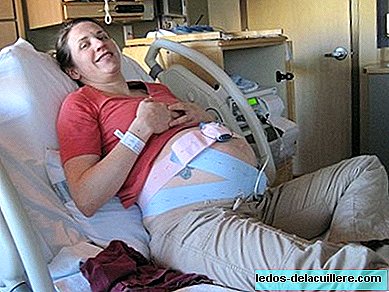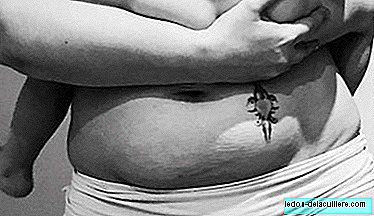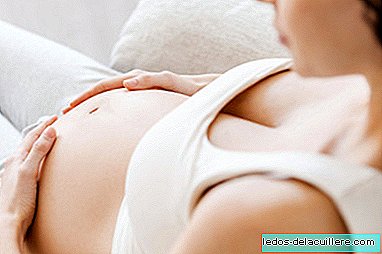
A few days ago we started talking about possible interventions that until now have been considered normal and common in hospitals and that may still be part of some protocols, such as amnioscopy, which we said should be used only in very specific cases, and today we are going to treat the enema.
For many years, an enema has been administered to women who went to the hospital to give birth to prevent the release of feces during the expulsion and reduce the (psychological) discomfort that this could cause to mothers (“what a shame, I screwed up in the Birth").
In addition it was thought that bowel emptying would provide more space for the fetus and that the stimulation of the enema would improve uterine dynamics, reducing the duration of labor.
On the other hand, as a third benefit, it was said that avoiding defecation at that time decreased the chances of the baby becoming contaminated at birth, thus decreasing the chances of infection.
The enema in question
However, all these advantages have been questioned and it has even been said of the enema that could have some inconvenience. For starters, it is said that it is an annoying procedure for many women, unpleasant and that may increase pain during labor.
On the other hand it is a Health expenditure both for the treatment, and for the time that a professional spends in applying a probably unnecessary procedure.
Finally, it has been commented that fecal losses could also occur during childbirth, these being more watery and therefore increasing the risk of infection (less dense = they reach more sites).
In short, it is said that the use of the enema has been solely at the expense of the preferences of health professionals.
What does the scientific evidence say
In 2008, a Cochrane review of 3 studies was carried out, with a total sample of 1765 women. After analyzing the data from these studies, it was observed that there were no significant differences for infection rates in either mothers or newborns after a month of follow-up. There were also no differences in the incidence of lower or upper respiratory tract infections in infants or significant differences in the rates of neonatal umbilical infection.
Nor was it appreciated that the women to whom an enema was applied had shorter deliveries (or at least the difference was not significant).
With regard to women's satisfaction, in the only trial (of the three) in which this was investigated, no significant differences were found regarding women's satisfaction.
Conclusion
When it is observed that the administration of enemas does not reduce the rates of maternal or neonatal infection, that it does not reduce the time of delivery and does not seem to improve maternal satisfaction, It is most advisable not to use the enema during delivery routinelyWell, there is no reason to do so.
In this case it seems that the most logical thing would be to use it if the mother requests it and the professionals agree or if for the reason it is considered appropriate to apply an enema to the pregnant woman.
My wife, who is one of those women who have serious problems with constipation (when she reads this, it sure kills me), always says that the best part of her second birth is “when they gave me the enema” (well, the best after having his son, of course), because at last he could know what it feels like with an empty bowel.
The reason they put it on was that, after several hours dilating very little, a midwife made a vaginal touch, surprised to notice that she had, as she said, “an incredible poop plug”, which should be in the portion more distal of the large intestine or even in the rectum and that seemed to prevent the child's head from descending further (I imagine).
It was to put the enema, empty the intestine and, in a matter of half an hour, expand incredibly from 4-5 to those who arrived after several hours of contractions at 9 with those who said “come, you're going to give birth now”.
In short, I am sure that my wife will ask (if she doesn't ask me for it) an enema the day she will give birth to her third child (if that day comes one day).












